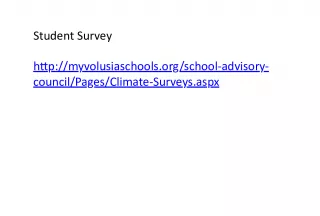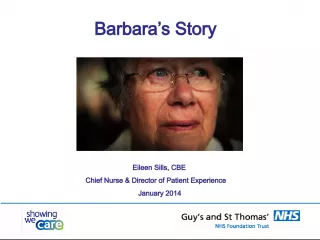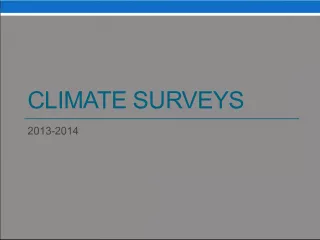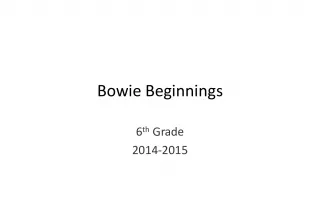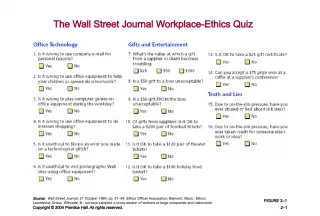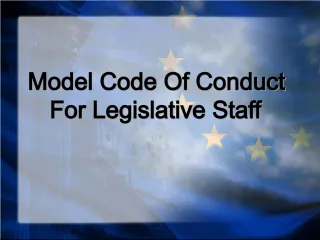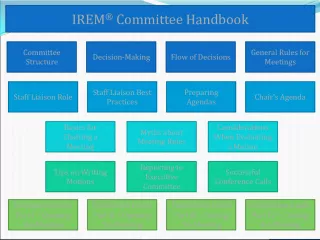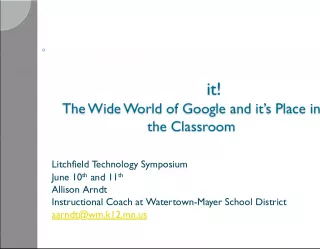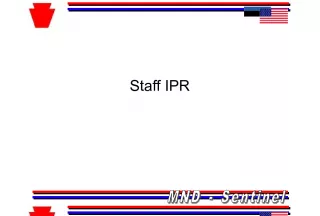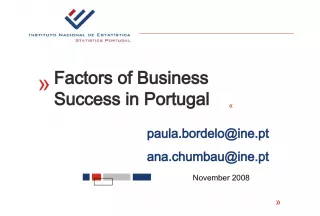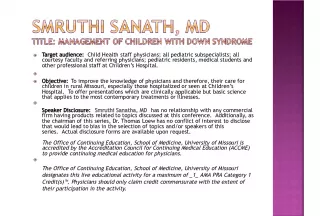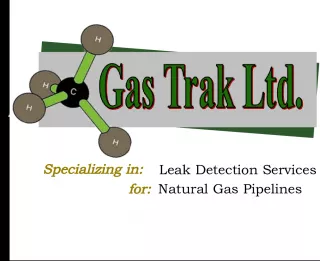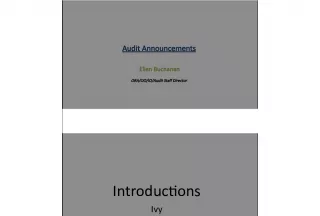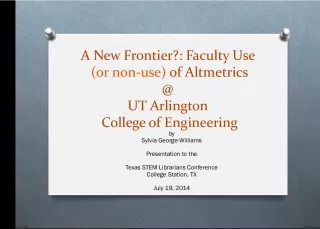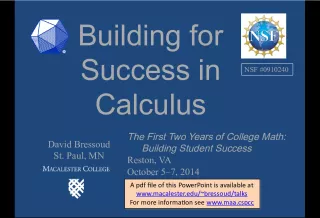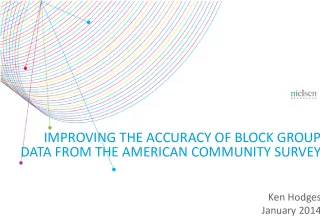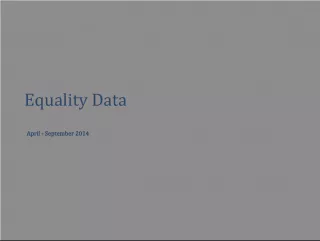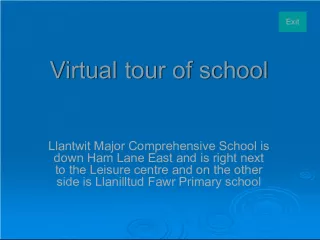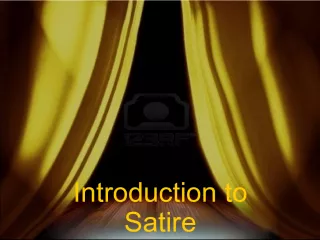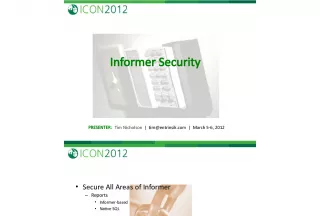Presenter Welcome and School Staff Perceptions Survey
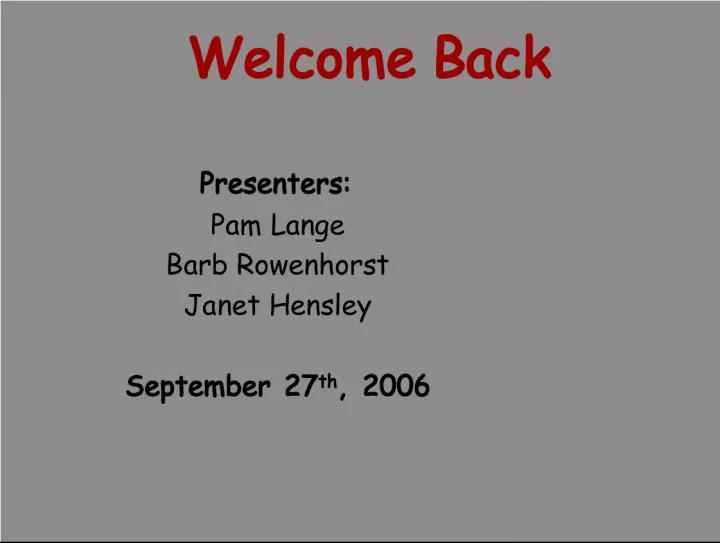

This meeting aims to review essential questions and determine school staff's perceived strengths and needs using reading and math perception surveys. Discussions will also emphasize the importance of looking at student work for improved student achievement.
- Uploaded on | 2 Views
-
 lana
lana
About Presenter Welcome and School Staff Perceptions Survey
PowerPoint presentation about 'Presenter Welcome and School Staff Perceptions Survey'. This presentation describes the topic on This meeting aims to review essential questions and determine school staff's perceived strengths and needs using reading and math perception surveys. Discussions will also emphasize the importance of looking at student work for improved student achievement.. The key topics included in this slideshow are . Download this presentation absolutely free.
Presentation Transcript
1. Welcome Back Presenters: Pam Lange Barb Rowenhorst Janet Hensley September 27 th , 2006
2. Outcomes • To determine school staff’s perceived strengths and needs using the reading and math perception surveys. • To review essential questions and better understand the research supporting them and how they relate to student achievement. • To begin group conversations on the importance of looking at student work.
3. Agenda 8:00 Welcome Housekeeping/Credit Perception Surveys Planning/Break Essential Questions Planning Lunch Looking at Student Work Planning 3:30 Closure/Evaluation
4. School Assignments Barb Rowenhorst Whitewood/Rural Sturgis Elementary Janet Hensley Stagebarn/Piedmont Pam Lange Sturgis Middle School Sturgis High School (MaryLou McGirr)
5. Credit for PASS Trainers • University of Sioux Falls (USF) • 2 Credits for PASS Trainers – Graded Credits (A, B, C, D, F) • Attendance Required – 4 PASS Trainings, 4 In-service Trainings – Must sign-in at both PASS Trainings and In-service Trainings • District is paying for PASS trainer’s credits • Graduate or Certificate Renewal (Pending)
6. University of Sioux Falls Undergraduate Degree : Location of your BA/BS Workshop Name : Classroom Strategies That Work No : EDU 545A Dates: Sep 06 – April 07 Credit: 2 Location: Sturgis, SD Cost : $80 (Paid by the District)
7. Credit for Staff Members • University of Sioux Falls (USF) • 1 Credit – Pass/Fail Grade – Under-graduate/Graduate/Certificate Renewal (Pending) • Attendance Required – 4 In-service Trainings – Must sign-in at In-service Trainings • Cost: $40.00 - Check or Credit Card – Check made out to USF; Credit Card information on back of the form
8. University of Sioux Falls Undergraduate Degree : Location of your BA/BS Workshop Name : Classroom Strategies That Work No : EDU 548Z Dates: Oct 06 – April 07 Credit: 1 Location: Sturgis, SD Cost : $40
9. Credit Paper Work • Complete the paperwork the first 15 minutes of October In-service • Jodie will pick up the forms the first day • Ann Kling (Whitewood) • Kathy Kosola (Stagebarn/Piedmont) • Deb Domogalski (Sturgis Elementary) • Susan Kessel (Middle School) • Jocelyn Hafner (High School)
10. Housekeeping • Binders • New Team Members • School Assignments • PASS Process • NCA Goals
11. Like Me Other than PASS, how many are serving on another district committee? How many traveled outside South Dakota during the summer? Who is the youngest child in their family? The oldest? The middle? Who is an only child?
12. Norms Revisited • Share the same message • Minimize side conversations • Respect time frames • Stick to agenda • Positive Interaction – (Problem Solving NOT Problem Sharing) • Active Participation • Communication
13. NCA Goals Reading Goal: All students will improve reading skills across the curriculum. Math Goal: All students will improve math skills across the curriculum.
14. Perception Surveys • Individually – 10 minutes – Fill out both surveys – Your perception as a teacher within your school – Focus on the whole staff’s possible perceptions
15. Perception Surveys • Building – 20 minutes – Compare results – perceived strengths and weaknesses – Fill out section one and two on the Perception Survey Discussion Guide – On chart paper, list your perceived areas of strengths and weaknesses (From section one)
16. Perception Surveys • Gallery Walk – 5 minutes – What patterns do we see? • Building – 10 minutes – Complete section three on the Perception Survey Discussion Guide
17. Team Planning Time with Break
18. Setting Objectives and Providing Feedback Setting High Expectations (HSTW)
19. Category Percentile Gain Identifying Similarities and Differences 45 Summarizing and Note taking 34 Reinforcing Effort and Providing Recognition 29 Homework and Practice 28 Nonlinguistic Representations 27 Cooperative Learning 27 Setting Objectives & Providing Feedback 23 Generating & Testing Hypotheses 23 Questions, Cues, & Advance Organizers 22 Instructional Strategies that Affect Student Achievement
20. Essential Questions Essential questions let the students know what we want them to learn prior to them learning the content. Similar Terminology: Essential Questions , Curriculum Mapping, State of South Dakota Setting Learning Objectives , Marzano’s Work Setting Learning Goals , Wiggins’ Work Setting Learning Targets , Stiggins’ Work
21. Read Pages 175-178 Learning Objectives: Skeleton Note-taking
23. State Content Standards • Explain State Process – Unpacked Standards (see handout) • Math, Reading, Science • October Time Frame • http://doe.sd.gov/contentstandards/
24. Essential Questions Revisited • Writing Essential Questions • Essential Questions Tip Sheet – Number off in twos – 1’s read 1-3 – 2’s read 4-6 • What are the key points?
25. Essential Questions Revisited • Demonstration – We picked standard (3.M.1.4) • Guided Practice – You pick standard (Measurement Standards Handout) • Independent Practice in the Classroom – Essential Questions Template
26. Bloom’s Verbs and Matching Assessment Types
27. Team Planning Time and Lunch
28. Setting Objectives and Providing Feedback Setting High Expectations (HSTW)
29. Category Percentile Gain Identifying Similarities and Differences 45 Summarizing and Note taking 34 Reinforcing Effort and Providing Recognition 29 Homework and Practice 28 Nonlinguistic Representations 27 Cooperative Learning 27 Setting Objectives & Providing Feedback 23 Generating & Testing Hypotheses 23 Questions, Cues, & Advance Organizers 22 Instructional Strategies that Affect Student Achievement
30. Looking at Student Work • Number off beginning with 1 (remember your number). • Each piece of student work represents a color that corresponds with a sticky note of the same color. • Working independently, rank the 5 pieces of student work from 1 to 5. (1 being the lowest and 5 being the highest). • Using the Looking at Student Work Criteria Sheet , jot down some criteria you used to determine the rank of each piece of student work. • Place your 5 sticky notes above your number on the number line.
31. Looking at Student Work As a group, make some observations from the data on the wall? Post on Chart Paper – write big!
32. Looking at Student Work As a group, discuss the criteria you gave for each rank of student work. • What were some common criteria? • What was the relevance of the criteria?
33. “Show us what good work looks like and what we have to do to get there.” 8-year-old student
34. Looking at Student Work • Provide a clear and understandable expectations • Provide examples of strong and weak work • Post on wall for students to use as a guide
35. Looking at Student Work What might be some ways we can begin the process of ensuring there is consistency within departments, grade levels, content areas, building, district, etc?
36. Website Log on to the District Website: www.meade.k12.sd.us – Click on Staff Links (left side of home page) – Click on the link: PASS Leadership Team – Type in the User-ID: PL045 – Type in Password: PASSgroup1
37. Evaluation Please complete evaluation before leaving today.
38. Team Planning Time
